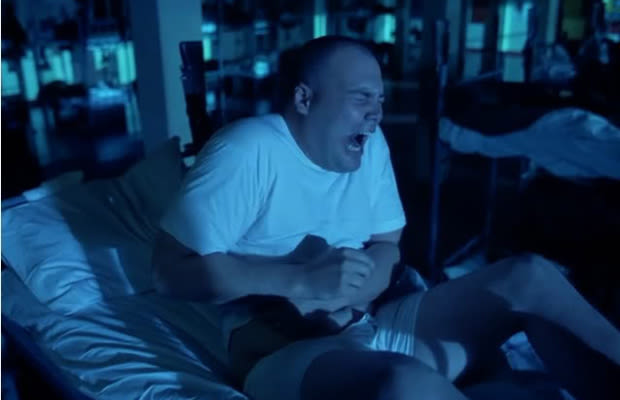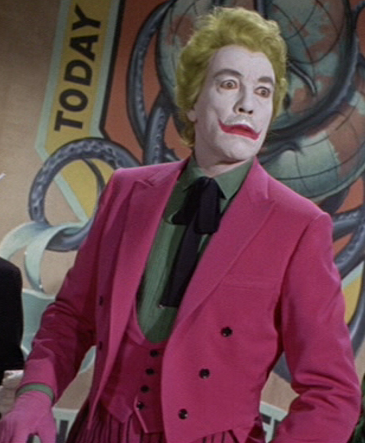 |
| I spent a lot of time "looking closer" at this scene |
The film's plot largely revolves around Lester Burnham, a father of one with a wife who doesn't care about him, and a job he hates, trying to have sexual relations with a 17 year old girl named Angela Hayes. Angela is a girl who constantly bickers about all the guys she gets, and appears to be the stereotypical popular yet slutty American girl, who does as she pleases, and gets her way by sleeping around. In the films final act, we find out that she is really a virgin, and lied about all the guys she'd been with to get attention.
Angela is a foil for the character of Jane, Lester's daughter. Jane is a conservative girl, unhappy with herself like most teenagers, who wants to get a boob job so she can better conform to what she believes to be society's expectations of beauty.
 |
| "I AM The American Beauty"- real quote, I swear. |
.png) |
| OOH SNAP GONNA NEED SOME ICE FOR THAT BURN |
Another character in the film who isn't as they appear to be in Ricky's dad, Colonel Frank Fitts. Throughout the film, he makes many remarks about how much he dislikes, and doesn't approve of homosexuality, even going as far as to beat his son because he believes he is gay. However, when Ricky speaks out against homosexuality, Frank shells up.
The reason for this being, SPOILERS: Bruce Willis was dead the whole time Frank Fitts was repressing his own homosexuality.
 |
| With a fighting stance like that, they should have known. |
Despite everything he said against it, Frank Fitts was the thing he seemed to hate the most. The reveal of this unfolds dramatically, as Frank and Lester are alone in the garage, and Frank kisses Lester believing him to be gay as well. In film, the color red is often used as an association for sexual desire or power. In the context of this scene, it represents Frank's desire to come out, and to finally have someone of his own. When we first see him, the entire scene is dark except for Lester's shiny new red Firebird in the driveway, drawing the audience's focus more towards the car than to Frank himself. This emphasizes the power of the color in the scene, and is another example of Sam Mendes's directing working towards the film's tone.
 |
| Pictured: Lester's Firebird. |
Overall, the film is an excellent example of a narrative film, and the concept of "looking closer" works well towards the films overall tone and feel, and allows plenty of room for audience interpretation of the piece. The film is also full of kookiness along the way!
I give this film 8/10 Dogbones, go watch it.
~CITATIONS~
Photos:
Lester Masturbating. Digital image. A2review. N.p., n.d. Web. 29 Oct. 2014. <http://www.a2review.net/2013/03/25/american-beauty/>.
Jane from American Beauty. Digital image. Pyxurz. N.p., n.d. Web. 29 Oct. 2014. <http://pyxurz.blogspot.com/2011/11/american-beauty-page-4-of-7.html>.
~CITATIONS~
Photos:
Lester Masturbating. Digital image. A2review. N.p., n.d. Web. 29 Oct. 2014. <http://www.a2review.net/2013/03/25/american-beauty/>.
Jane from American Beauty. Digital image. Pyxurz. N.p., n.d. Web. 29 Oct. 2014. <http://pyxurz.blogspot.com/2011/11/american-beauty-page-4-of-7.html>.
Mena Suvari ugly. Digital image. Panda Whale. N.p., n.d. Web. 29 Oct. 2014. <http://pandawhale.com/post/30360/mena-suvari-american-beauty-gif>.
Frank fighting. Digital image. Mimetic Margins. N.p., n.d. Web. 29 Oct. 2014. <http://erikbuys.wordpress.com/2013/09/30/philosophy-in-american-beauty/>.
Pontiac Firebird. Digital image. Dreams Time. N.p., n.d. Web. 29 Oct. 2014. <http://www.dreamstime.com/stock-illustration-cartoon-phoenix-dancing-happy-smiling-image41818114>.






